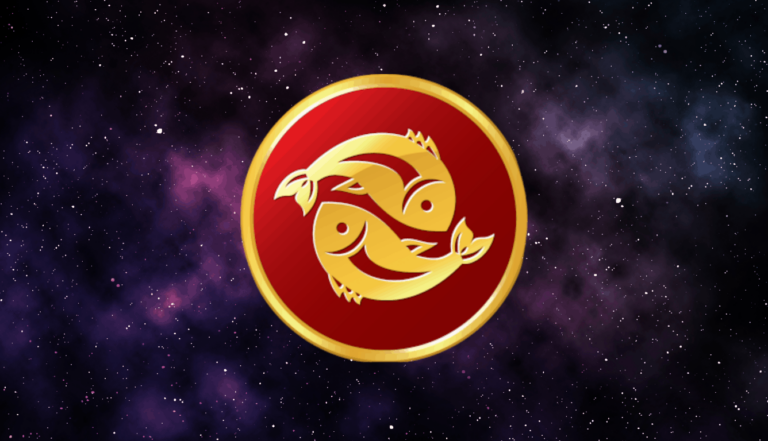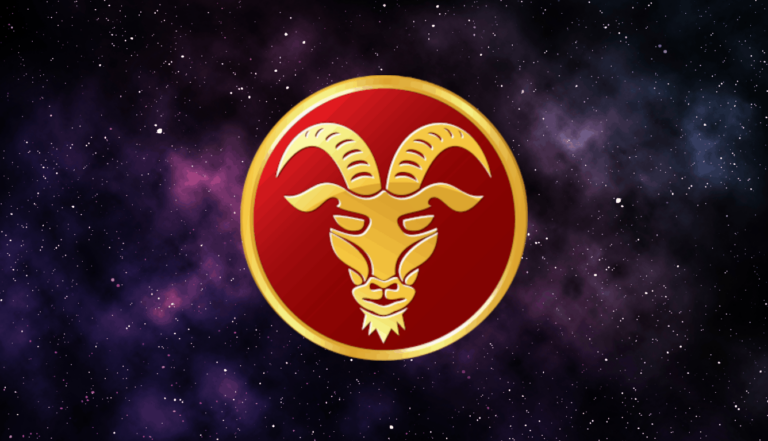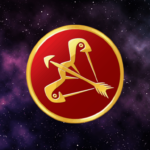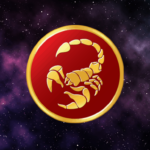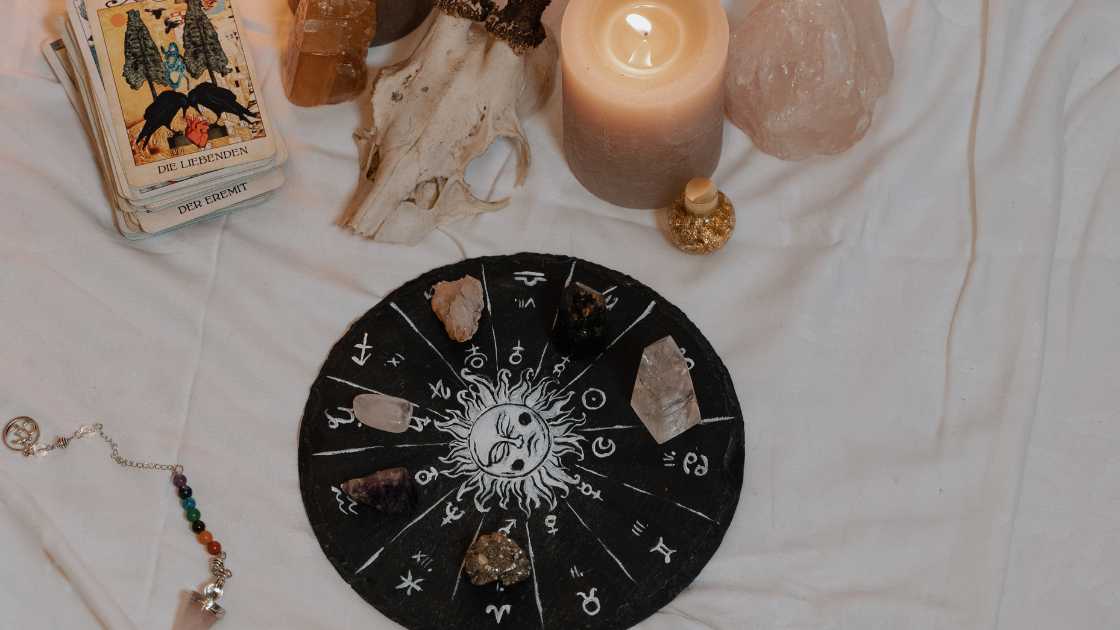The 5 Doshas in Astrology: A Comprehensive Overview

Vedic astrology adorns the complex pattern of cosmic weaving, which makes doshas as vital signs for impending disruptions and pitfalls that a person can expect in their lifetime. Sometimes, the doshas are interrelated and generate a more potent and prone outcome, this may bring to serious issues that may affect the wellbeing of the individual and his/her good-natured and good-mannered life.
Now we will delve deeper into the five most dreaded types of doshas and the medicines that aid astrological traditions for neutralize their negative effects:
1. Mangal Dosha (Mars Dosha or Kuja Dosha):
Mars’ negligible location in astral connections may be the most potent Dosha of all. This conjunction is likely to happen when Mars is in 1st, 4th, 7th, 8th, or 12th house or in conjunction with planets like Rahu or Ketu. It is Mangal dosha that has an impact on many aspects like health and financial status too. Persons with this triad may be subject to problems in the area of marriage, bad relations with the spouse, medical problems, shortage of money and some accidents. Whether or not a person has faith in the likes of Mangal Dosha, figuring out remedies or countermeasures allows people to take an intelligent approach to their decisions and promote their destiny. Being aware of doshas and taking advice from the trusted may allow people to face such challenges and difficulties for a harmonious and happy relationship.
2. Sade Sati:
During the course of his journey, the notorious Sade Sati with his prodigious powers occurs when Saturn passes through the 12th, the 1st, and the 2nd houses from the Moon of the individual. For an entire seven and a half years, Sade Sati has been closely linked with a lot regarding challenges, adversities, and difficulties at different walks in life. Strains on budget, inadvertent physical discrepancies, loss of confidence, and emotional traumatization which are the possible aftermaths of this transit.
Techniques for remedying Sade Sati are to adore Lord Saturn, perform particular actions towards the poor, wear blue sapphire, and recite specified Saturn mantras. The remedies are claimed to be the countermanding of the ills of the Sade Sati and bring in positive energy and strength to overcome the difficulties during this critical phase.
3. Kala Sarpa Dosha:
While Kala Sarpa Dosha is the alignment of all seven planets between Rahu and Ketu, it denotes a severe dosha that ultimately results in life-changing karmic consequences. This dosha highlights the karmic value and adds some bitter taste in the glass of life. Its presence leads to major problems in life like bad finances, family issues, health issues, and barriers in career or studies.
Measures to overcome the Kala Sarpa Dosha include the appropriate spiritual worship and ritual elements. The following services are recommended for bringing the Rahu – Ketu dosha under control: Taking the Rahu-Ketu worship, reciting the Maha Mrityunjay mantra, using gemstones like cat’s eye for the puja, and following the rituals performed in Rahu and Ketu temples are some of these methods. The pious activities such as deep reflection and introspection and the donation of wealth incline towards as religious activities and are considered as remedial methods to combat the disruptive implications of the Kala Sarpa Dosha.
4. Grahan Dosha (Eclipse Dosha):
Grahan dosha, a misfortune named after the occurrence of a solar or a lunar eclipse in one’s horoscope, has all along been believed to hinder either the progress of, or the achievement of various aspects of one’s life. Health problems, psychological difficulties, relationship problems, and financial vulnerability are few of the effects thought to be the results of infant birth in Grahan yoga.
The treatment for Grahan dosha aims at purging and protecting by including yagnas and mantras (rituals) and worshiping God(s). The preventive measures prescribed by Hindu astrologers included recitation of mantras dedicated to Sun or Moon, special rituals to nullify the dangerous effects of eclipses, seeking blessings from spiritual gurus and wearing protective gems like ruby or pearl. The belief is that taking on these routines on the day of the eclipse will help to avert the malefic effects of Grahan Dosha and will ensure that there is peace and harmony in the individual’s life.
5.Pitru Dosha:
The Pitru Dosha that comes from unresolved problems or ancient curses that brings unhappiness into the life of an individual can be found in certain houses of a natal chart, where the planets Rahu and Ketu are being placed. This dosha is considered to be giving undesirable outcomes such as obstructions, failures, and inconvenience of the matters related to business, relationship, health as well as career growth. Remedies for Pitru Dosha consist of some ancestral rituals, some charity activities and spiritually seeking forgiveness. Individuals are advised to do Pitru Tarpanam ritual, offering the ancestors and making a charity in their name and also to consult to the spiritual mentors as among the solutions. According to the beliefs, these acts create a situation where the ancestry has their spirits appeased and the negative effect of Pitra Dosha is modulated on the journey of one’s life.
Conclusion:
Doshas as a type of principle to be followed by those who believe in Vedic astrology to understand the predictability of life’s various aspects. Although their positive results may not be too obvious, astrology-based solutions seem to be solace and assume a position of guidance in solving the problems of life. A spiritual path always involves embracing spiritual practices and developing fortitude. Through this, we are enabled to get over the obstacles of nature and become ready to fuse with spiritual knowledge, fulfillment and evolution. Through the knowledge, compassion, and mindful participation with astrological methods, people can be more capable of using the powerful method of astrology to live a serene and significant life.
